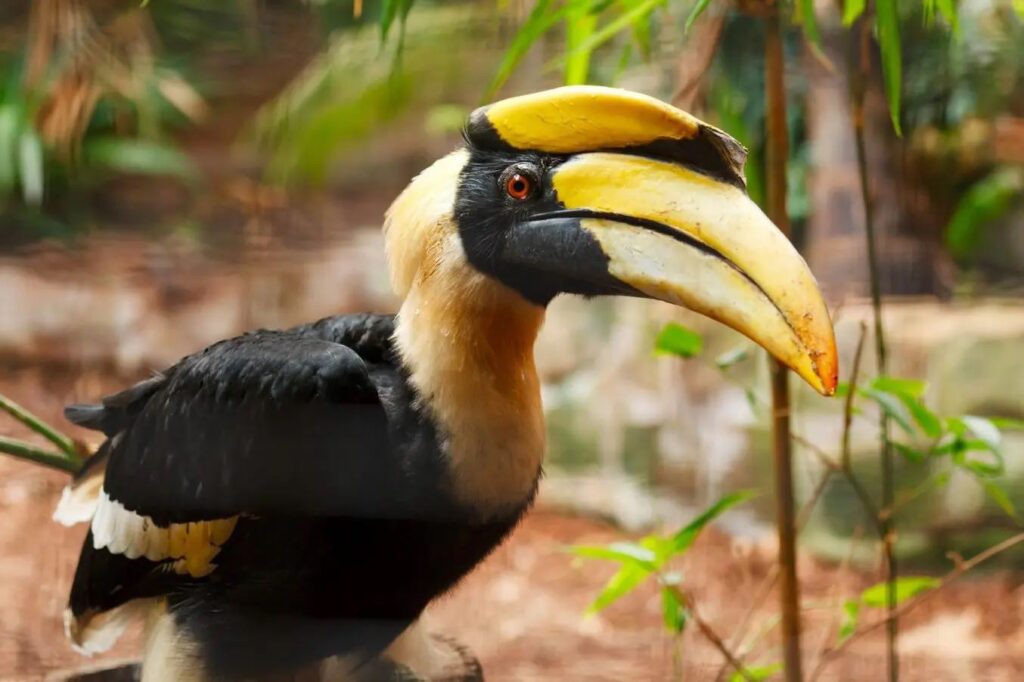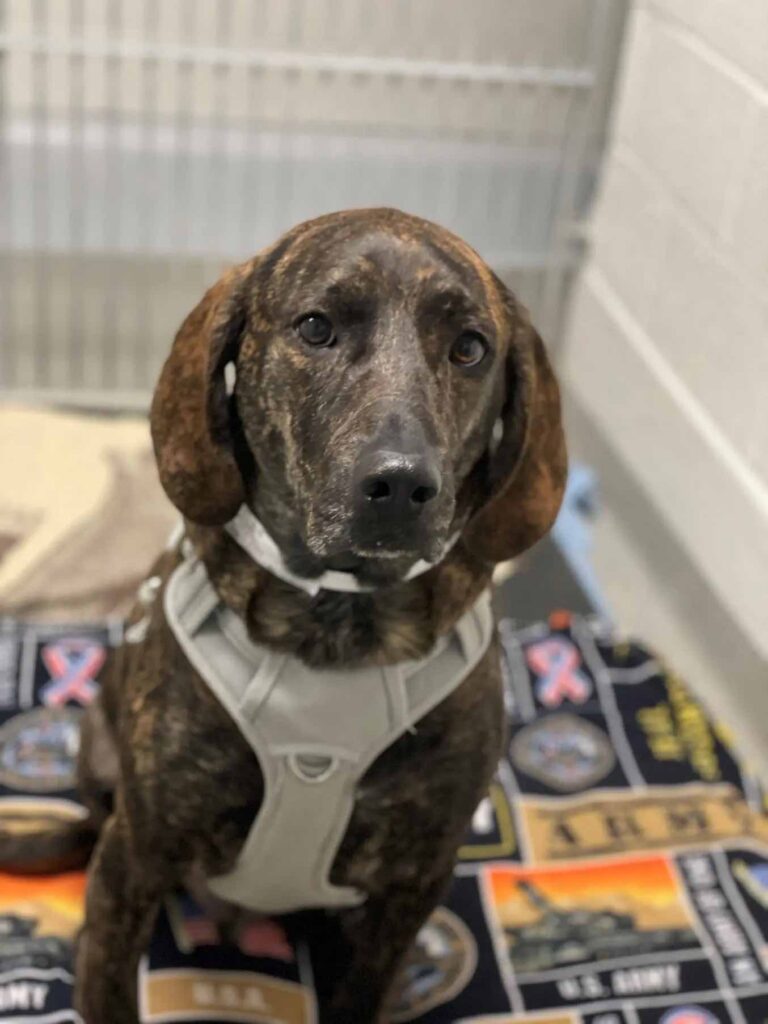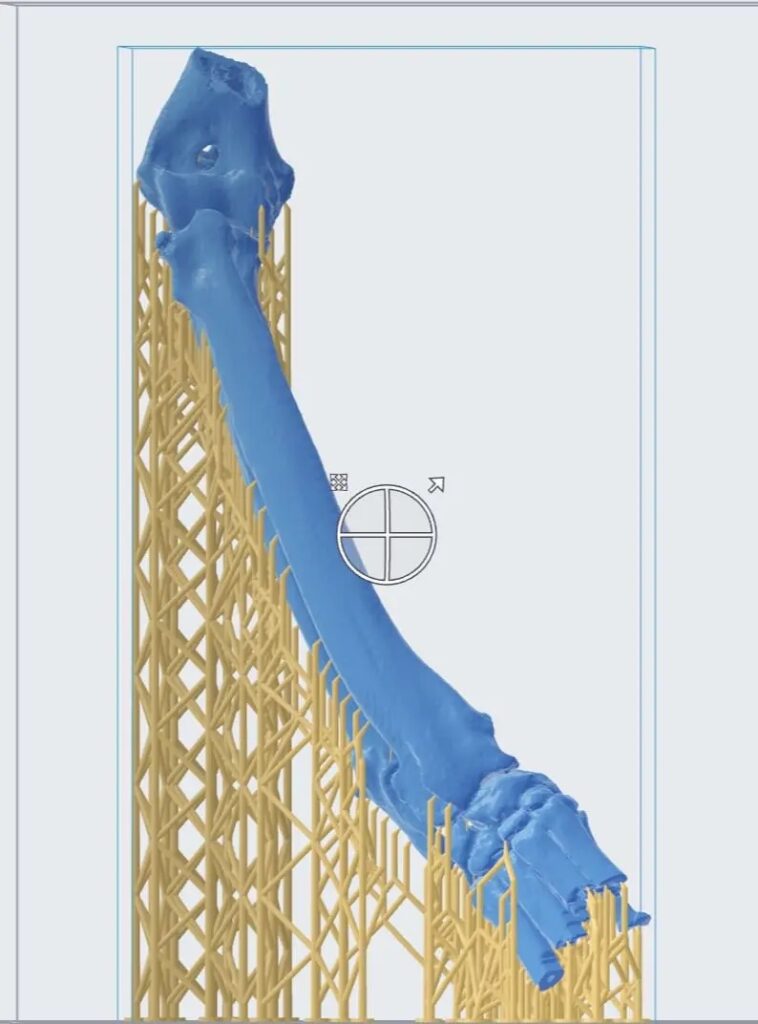For years there has been a lot of discussion about the application possibilities of the 3D printing in the medical and veterinary fieldsfor humans and animals. A possibility that would allow the autonomous creation of surgical instruments and prostheses, as well as any supports.
Several veterinarians and veterinary schools are already exploring the possibilities of 3D printing. Some virtuous cases are that of greater hornbill in Tampa, Florida, or the dog Scooby, also in the USA.
3D printing to create prosthetics for animals: the case of ZooTampa
One of the cases mentioned refers to what happened at ZooTampa, where the keepers discovered that a greater hornbill, a species of bird characterized by a sort of “helmet” on its head, had suffered a serious injury to its helmet. Subsequent follow-up examinations determined that the bird, Crescent, had potentially fatal cancer. We remember that the great hornbill is one of the most endangered bird species on the planet, mainly due to poachers who hunt him for his helmet. Found only in the Indian subcontinent and Southeast Asia, the great hornbill is a major attraction at ZooTampa.
The cancer, located near the skull, could not be removed, as it housed part of the bird’s sinuses. The team then tried to figure out if it was possible remove the animal’s helmet and replace it with a 3D printed reproduction and made specifically for the bird. Prostheses and devices tailored to patients have already been used in the past for operations on humans, but never on greater hornbills.

The “replacement beak” was 3D printed and made with the Biomed White Resin at Formlabs, an opaque white material for biocompatible applications intended for long-term skin or short-term contact with mucous membranes. Formlabs donated the materials, and the USF 3D Radiology team printed the surgical guide and new helmet with a Formlabs 3D printer specially developed for medical use.
A few hours later, the zoo team observed a welcome and unexpected surprise when Crescent began grooming his plumage. Formlabs resin has been shown to be compatible with yellow oils secreted by glands located above the tail. These, used to clean the plumage, gave the new helmet the same shine as the original.
A 3D prosthetic for Scooby

The second case of application of 3D printing on animals concerns Scooby, a dog with a fractured tibia, in a point very close to the knee. The Michigan State University College of Veterinary Medicine, led by Dr. Danielle Marturello, printed the fractured tibia on the Formlabs Form 3 printer using White Resin and then sterilized the models making them safe for the operating room.
Dr Marturello said: “Once in the operating room, we had the ability to rotate the bone to get a more tangible three-dimensional idea of the fracture. It is very important for us, because with the traditional surgical approach we can only see one side. Due to the angle of the fracture it was a great help to have that bone stamped and although this was a particularly difficult case the dog recovered beautifully. It really helps take the surgery to the next level.”
















Leave a Reply
View Comments